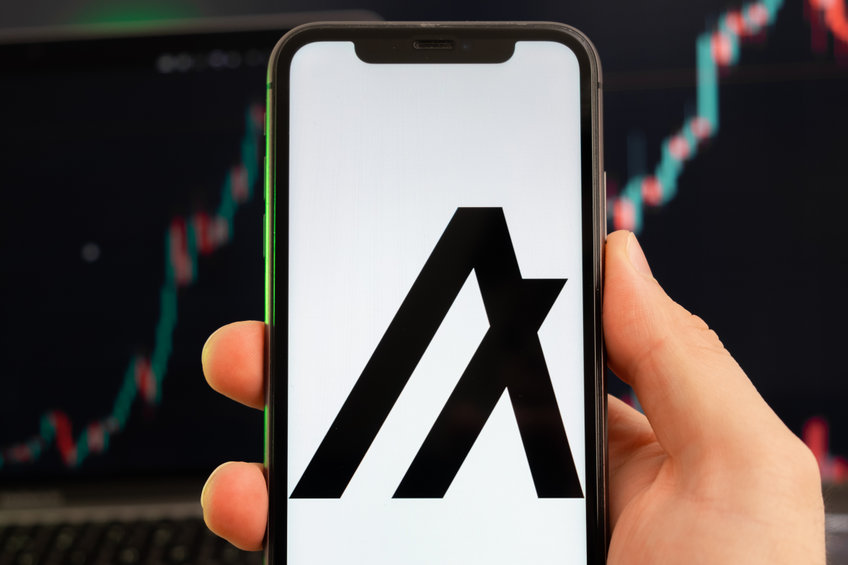Ferrum Network integrates with Algorand to advance EVM and AVM interoperability

- Ferrum’s integration with Algorand provides for seamless Ethereum Virtual Machine (EVM) and Algorand Virtual Machine (AVM) interoperability.
- The integration expands Ferrum’s staking-as-a-service solutions onto the Algorand blockchain.
- Ferrum also plans to launch a multi-chain token bridge for Algorand before the end of Q2, 2022.
Ferrum Network, a cryptocurrency network that seeks to help existing blockchain networks address interoperability issues via a suite of multi-chain infrastructure solutions, has announced successful integration with the Algorand blockchain.
With this integration, the blockchain interoperability platform’s staking-as-a-service solutions are now accessible to projects in the Algrorand ecosystem.
The Ferrum Network announced this via a press release shared with CoinText on Tuesday, 26 April.
Staking-as-a-Service provider for Algorand
Staking as a service (STaaS) providers offer investors seeking opportunities in a proof-of-stake ecosystem like Algorand’s the platform to benefit from staking via a trusted third-party provider.
STaaS thus offers a suite of products that make it easy and secure for investors to delegate and earn from their stakable assets.
“We’re excited for Ferrum’s go-live on Algorand, this release allows users to select a staking pool based on their time preference and acquire juicy rewards” said Daniel Oon, Head of DeFi at the Algorand Foundation.
A ‘milestone’ in the quest for interoperability
The availability of the staking as a service solution unlocks the Algorand blockchain, allowing projects to leverage a diverse ecosystem of Blockchain-as-a-Service (BaaS) products.
Pulling this off represents a “significant milestone” on the list of deliverables for Ferrum. Integrating with the Algorand Virtual Machine (AVM) is one step closer to achieving interoperability 2.0. Nick Odio, the Executive Vice President of Partnerships and Growth at Ferrum Network commented:
“This integration signifies a major stepping stone in Ferrum’s quest toward Interoperability 2.0. This is the first of many integrations that Ferrum has completed with a non-EVM compatible network and we’re honored to have Algorand by our side for it,” Odio added.
Next up – the Ferrum Multi-Chain Token bridge
Ferrum Network was founded in 2018, with the aim of advancing interoperability among blockchains.
Decentralised applications (dApps) projects tapping into its technology benefit from instant multi-chain functionality, with teams able to build and deploy applications via one network and enabling access and use on another.
As part of the integration with Algorand, the Ferrum team is working towards another milestone – rolling out a multi-chain token bridge by the end of Q2 2022.
If achieved, it will allow for seamless interoperability between Algorand and multiple EVM-compatible chains. The technology will also allow for seamless bridging and swapping of digital assets across Algorand and non-EVM compatible networks.
The need for seamless ‘communication’ between blockchains is growing even more profound with the spike in decentralised finance (DeFi), non-fungible tokens (NFTs) and GameFi.
Ferrum Network (FRM) and other cross-chain and multi-chain compatibility crypto projects are designed to help developers achieve the interoperability and compatibility so important in the rapidly expanding industry.
Some of the top blockchain platforms offering various aspects of interoperability include Cosmos (ATOM), Polkadot (DOT), Harmony (ONE), Wanchain (WAN), Quant (QNT) and ICON (ICX).
Comments are closed.